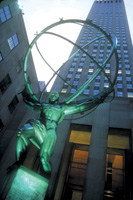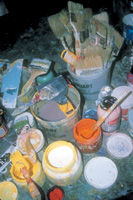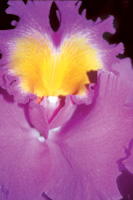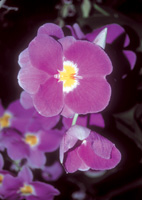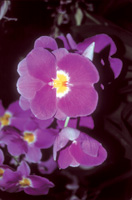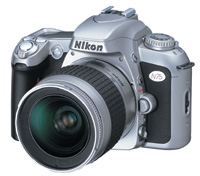The Nikon N75
The New Breed Of Film SLRs
Now that digital SLRs are knocking on the door, film SLRs are undergoing a renaissance that makes them smaller, lighter, easier to use and carry. They also are incorporating many advanced features of their pro film SLR cousins but in a way that makes all that amazing technology virtually transparent to the user. In some sense we are in the golden age of film SLRs, and while their appearance may be that of a basic camera with point-and-shoot ease they are quite impressive in their potential to be full-fledged picture making machines. One such in this new breed is the Nikon N75, first announced at this year's PMA Show. Unlike some vaporware cameras--where you have to wait six months for them to actually appear--the N75 arrived on our desk soon after the show was over and is available now in stores. Simple To Use |
|||||
On the left top of the camera
is the exposure mode and shooting mode dial. For so-called "user
controlled" exposure modes there's the typical aperture- and
shutter-priority and manual exposure controls, plus a Program mode that's
Flexible, allowing you to shift aperture and shutter speed combos on the
fly. This is probably the best of the lot and frankly I'm not sure
why we bother with the others at this point, especially for those who
know what a narrow aperture and/or fast shutter speed can do. |
|||||
Point-And-Shoot And
Creative Options |
|||||
Custom Setting Suggestions Other Features Of Note |
|||||
Technical Specifications |
|||||
